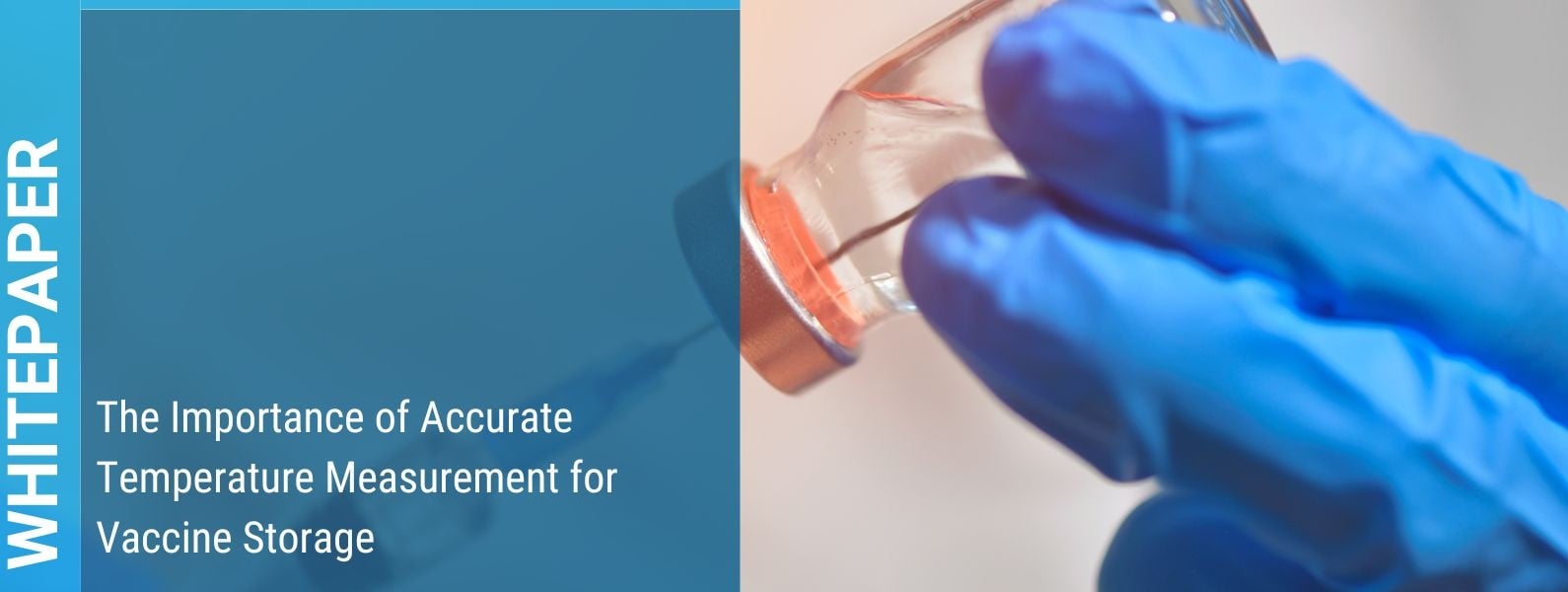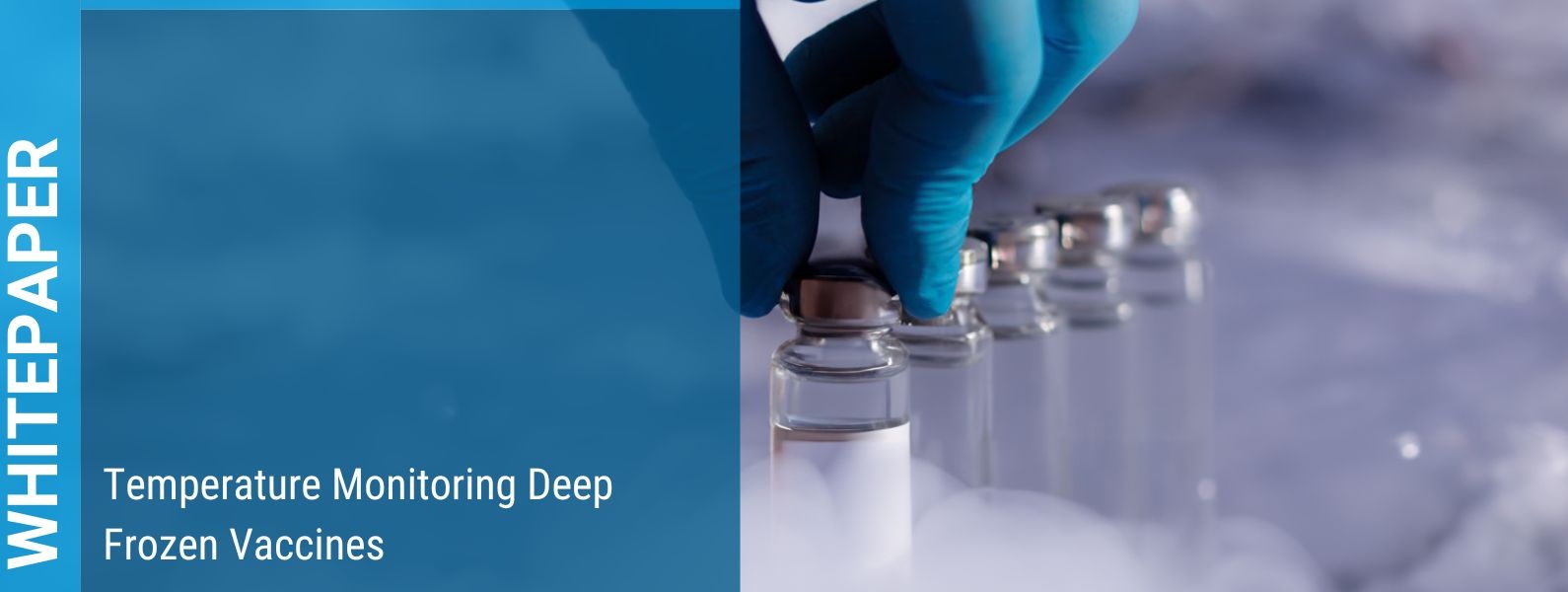The Importance of Accurate Temperature Measurement for Vaccine Storage
 The potency of vaccines degrades quickly when they aren’t stored within the correct temperature range. Monitoring and recording of temperatures within fridges, freezers and containers used for storing vaccines is therefore well-established practice. However, ensuring that readings taken match the actual temperatures experienced by vaccines requires the methodical application of best practice. Failure to do so can lead to the administering of vaccines that lack the necessary potency to ensure effective immunisation, or the unnecessary disposal of valuable stock.
The potency of vaccines degrades quickly when they aren’t stored within the correct temperature range. Monitoring and recording of temperatures within fridges, freezers and containers used for storing vaccines is therefore well-established practice. However, ensuring that readings taken match the actual temperatures experienced by vaccines requires the methodical application of best practice. Failure to do so can lead to the administering of vaccines that lack the necessary potency to ensure effective immunisation, or the unnecessary disposal of valuable stock.


